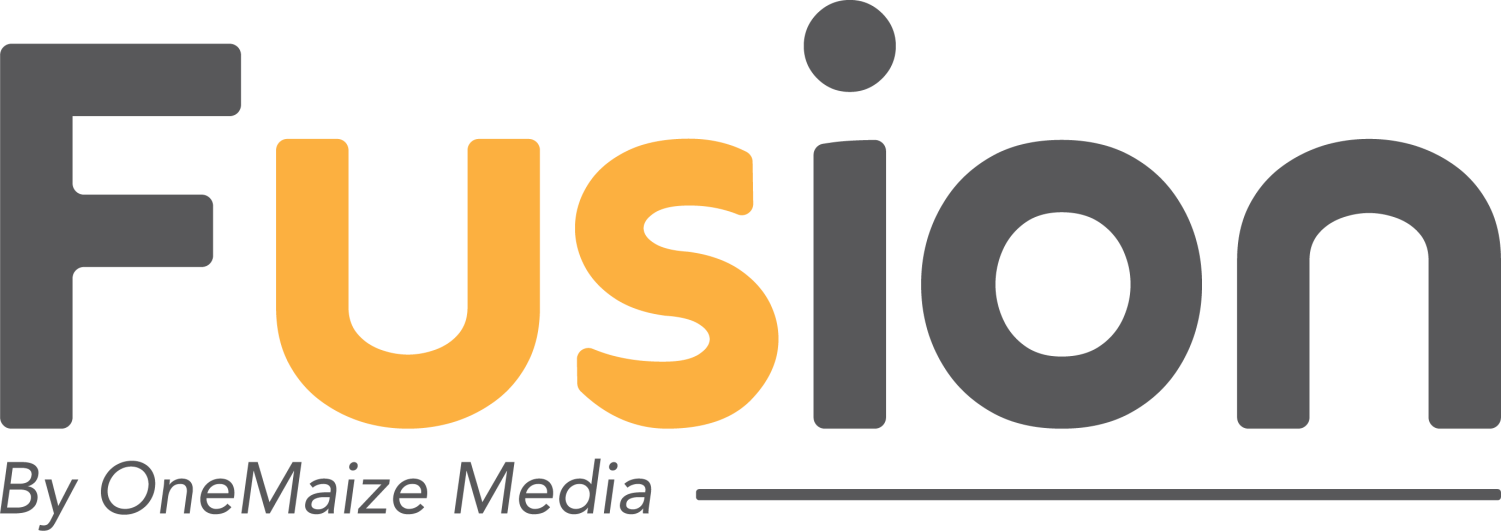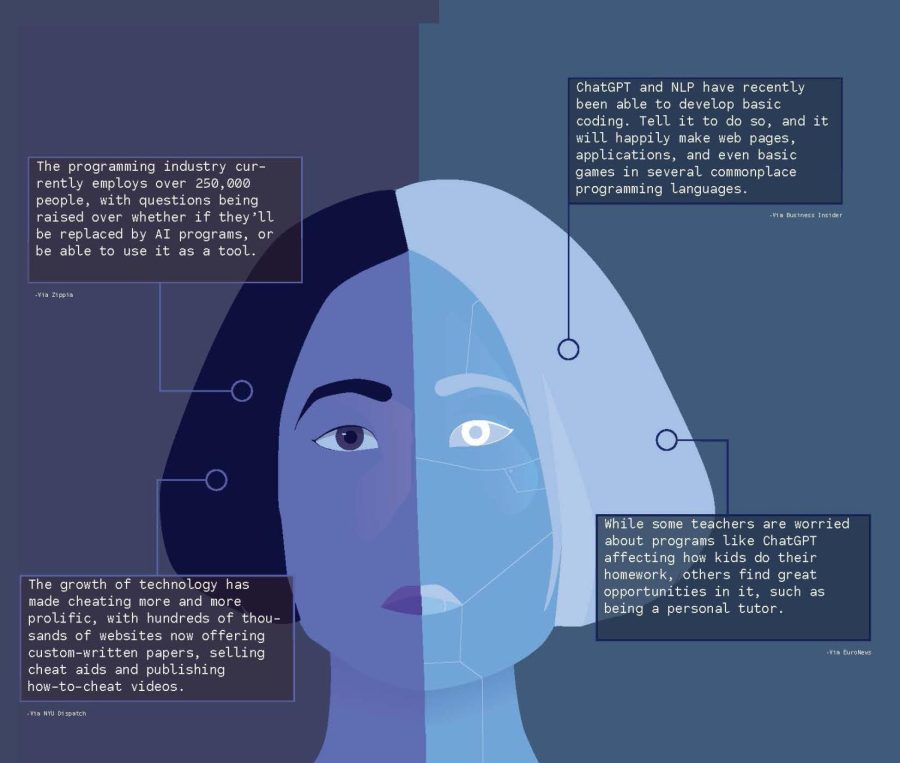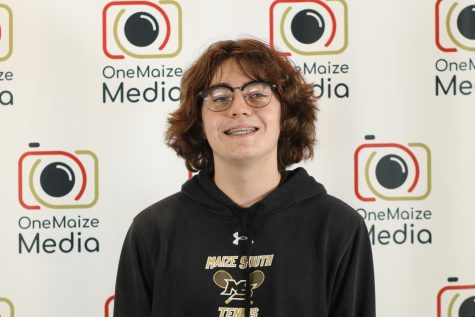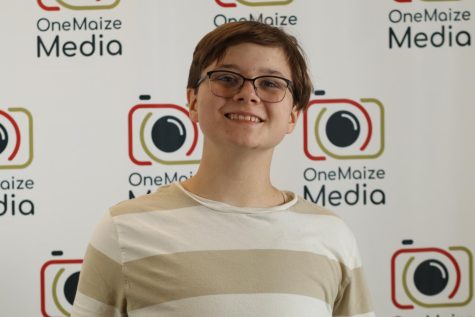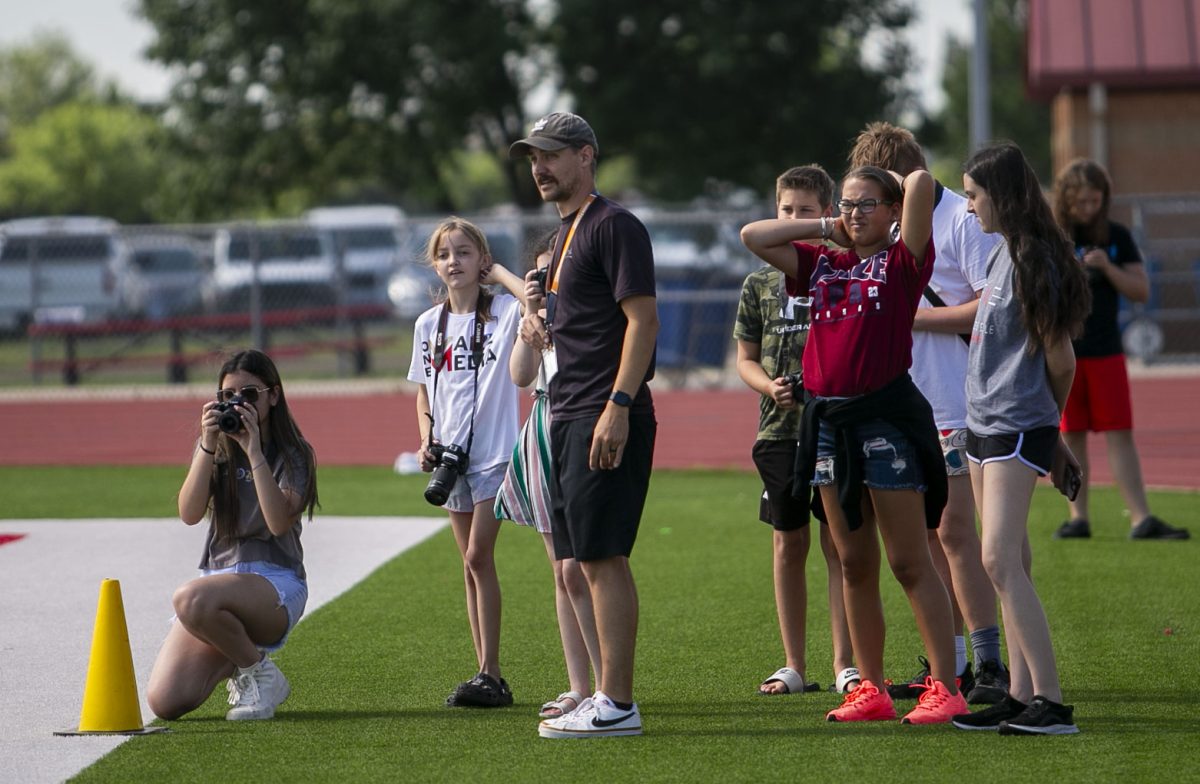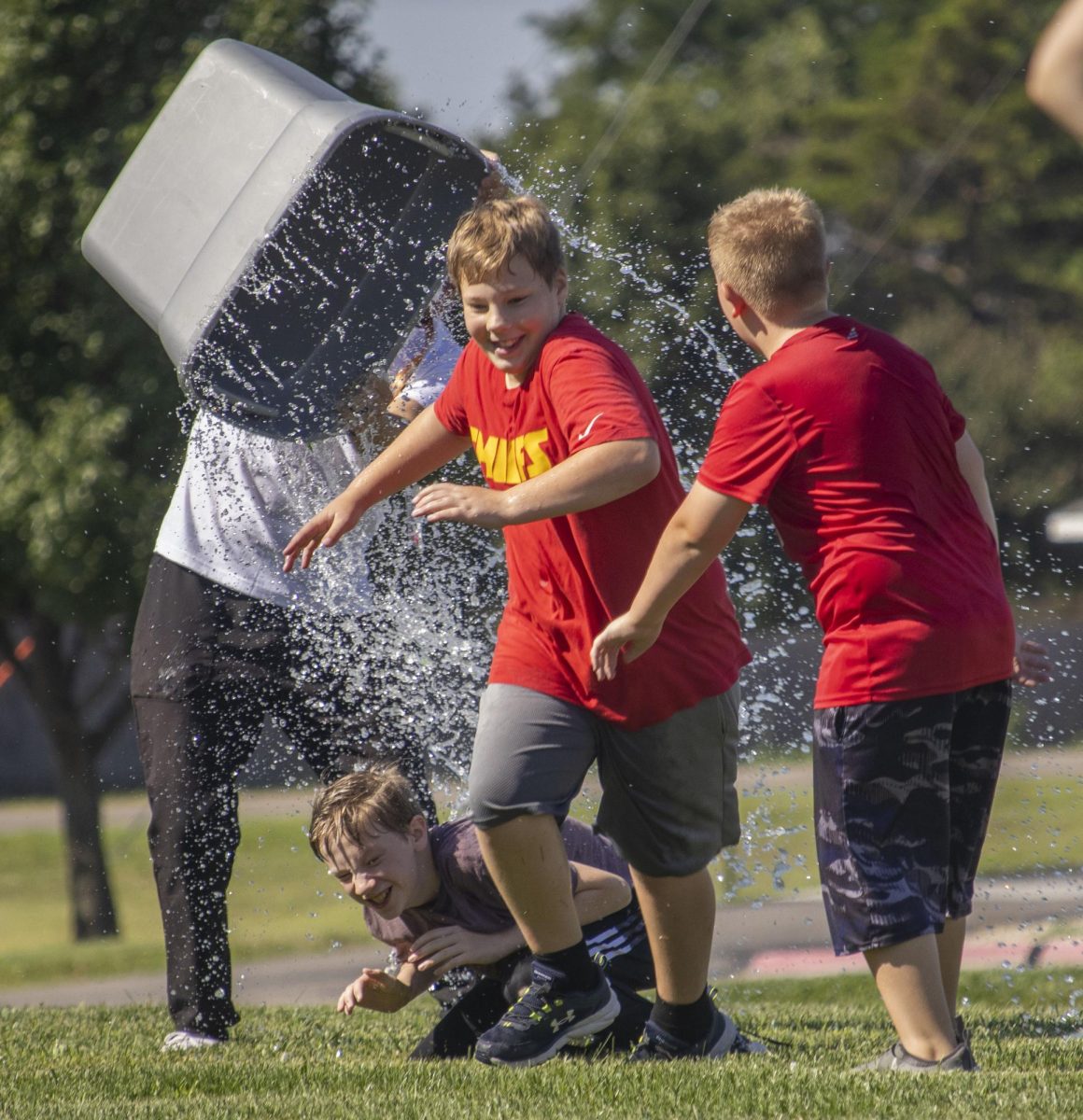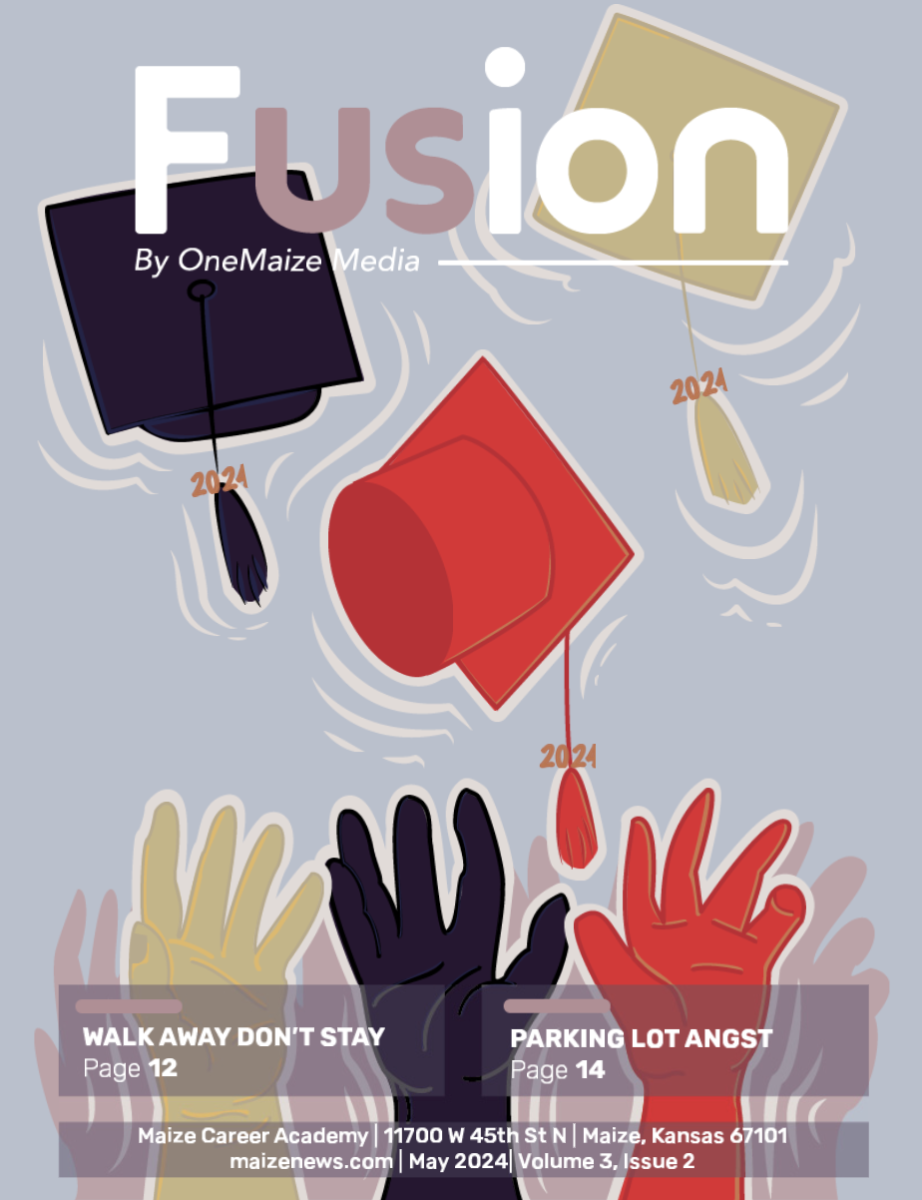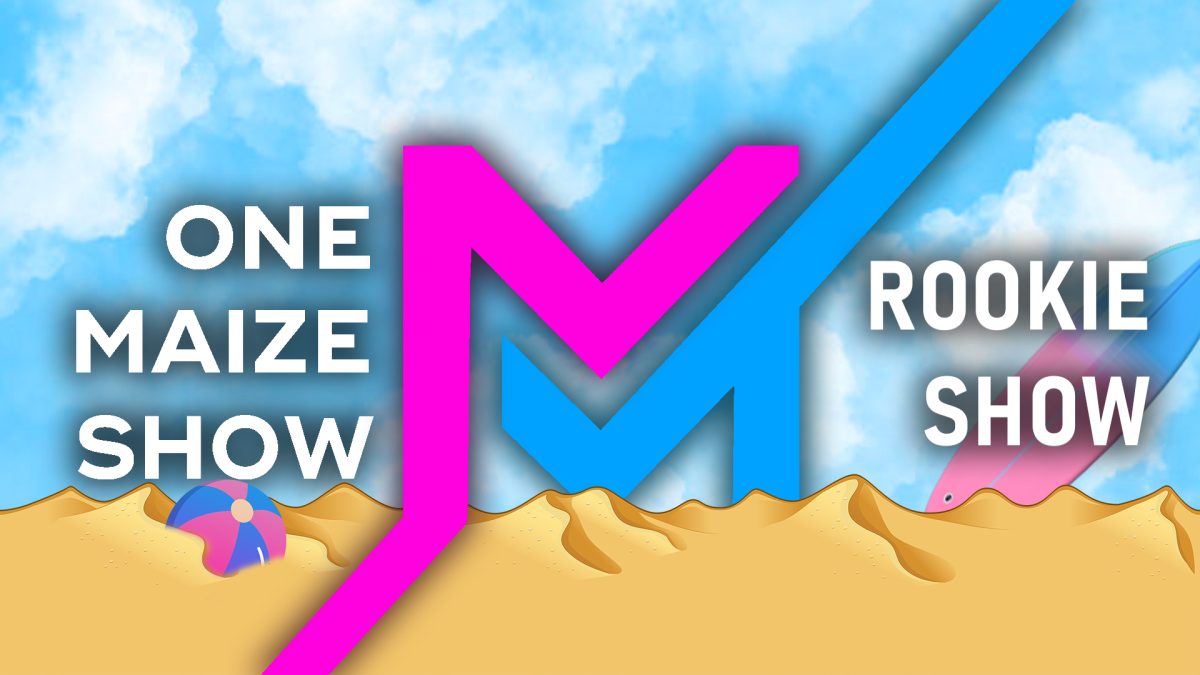Will AI invade the classrooms?
With Artificial Intelligence becoming more of a reality, will it soon change the way we learn?
March 30, 2023
Artificial Intelligence (AI). Is it the new pioneer of education, threatening our favorite teachers out of their positions? Or rather, is it the next best classroom tool benefiting the students of Maize?
AI has loomed in the headlines of hundreds of media outlets over the past few months, more than ever before. But why?
AI is an advanced computer program that knows how to answer questions, give suggestions, analyze data, and even compose art designs. Possibly the most important part is that AI is always learning. The more we use it, the more effective it becomes.
Zack Helgesen, a robotics and engineering instructor at Maize Career Academy (MCA), can see a possible change in the way he teaches, as artificial intelligence becomes a more viable tool in work, business, and school.
Helgesen teaches a class where students learn to build and code their very own robots. If you’ve ever walked through the Hub at MCA, you may have seen his robot competition arena. He welcomes AI as an alternative way to guide his students through the process of building robots.
“I imagine a world in the future where my students could create a physical robot and instead of taking hours to write code for that robot, they could describe the desired behavior to a chatbot that could write the code for them,” Helgesen said.
Helgesen believes that AI can provide students with the resources necessary to create the “bigger and more complicated code” that they wouldn’t be able to create on their own. Although students still need to “know enough to debug the code” they can still take steps to creating more impressive and intelligent robots than before.
With AI, that potential is now reality. Helgesen knows accuracy, efficiency, and the little details for each class and robot can improve with the implementation of AI.
How would you feel if you could have your school work consistently checked and edited by Al, similar to the peer editing process we do in our English classes, to correct your work before your grade reflects the mistakes?
“When a student needs help, rather than asking the teacher, they can ask the AI, who, instead of just showing them the answer, will be sophisticated enough to explain the answer to them,” Helgesen said. “I don’t see this eliminating the need for teachers, but I feel like a teacher could do so much more for their students with this technology at their fingertips.”
Paul Humphrey, a member of the VEX Robotics Club which aims to create a “creative learning atmosphere” and “get students involved with STEM and engineering.”, believes AI will assist in many of the clubs activities and competitions.
“AI will help out a lot,” Humphrey said. “In terms of lighting systems, electronics, and stuff you can do a lot more automatically.”
Similar to these ideas, Robert Lounsbury III, who teaches math at Maize South High School (MSHS), feels that AI will soon be used in his classroom to create resources for his students learn by using this technology to create specific scenarios to implement into his routine tests, labs, and homework assignments.
“AI allows you to run simulations of ideas multiple times in a single second,” Lounsbury said. “If I want to make a trial of me dropping a bowling bowl with correct physics and everything, and I want to do it 1000 times, AI can help us do that very, very, quickly and get us the data necessary to complete the lab.”
Lounsbury doesn’t feel AI should not be restricted to only writing scenarios, he believes that AI has a place in the art classroom as well. However, art teachers feel AI takes away from students’ creativity.
“I think people spend too much time on the computer and miss out on a wonderful and beautiful world that we live in.”
— Dan Gegen
Amy Garza, an art teacher at Maize South High School, feels that AI has no place in her classroom, at least for the time being. Garza feels that using AI, even only as a way to create references, takes away from students’ focus on the creativity involved in creating art.
“I want students to create their own personal artworks,” Garza said. “That is what we focus on in our creative phase. The use of reference photographs is already enough assistance to help with what we do in the classroom.”
Dan Gegen who teaches art at Maize South High School, feels AI removes his students from the “beauty of our real world.”
Saying that individuals already spend too much time on their computers, ignoring the benefits of the outdoors.
“I think people spend too much time on the computer and miss out on a wonderful and beautiful world that we live in.” Gegen said. “I love it when I am hiking in the mountains of Colorado and I run across an artist that has packed up their art supplies and hiked to a spot in the mountains to capture the sun as it sets on the horizon. To me that is art.”
The definition of ‘real art’ has been more in question in recent months with the rise of AI. Skeptics view artificially generated art as a questionable practice.
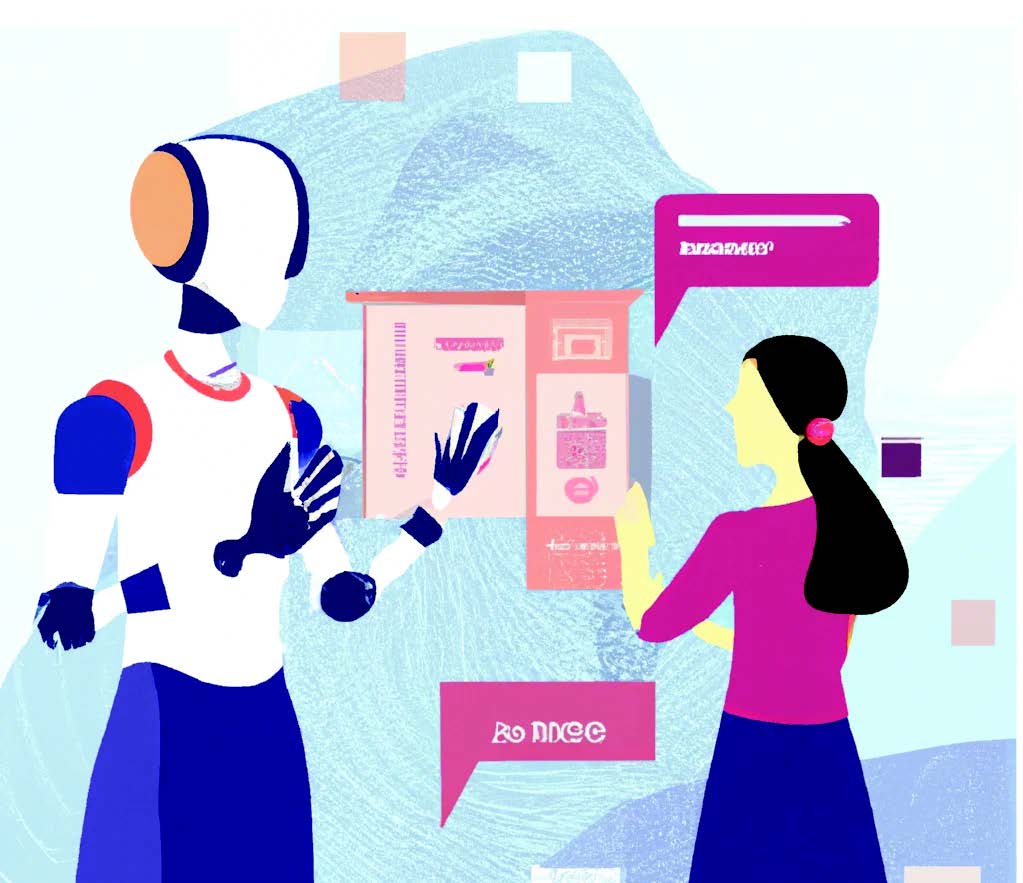
“It is AI, and that’s all nothing else.” Gegen said. “The artist is having an amazing experience and is capturing it with their medium. They in turn are sharing that experience with the viewer of that artwork. I don’t feel a randomly generated image created by AI has that same spirit.”
Maize High School Senior, Jo Leach, feels these new and constantly improving AI programs will begin to hurt freelance artists since AI can create images thousands of times faster than a human, and often cost little to nothing to generate.
“AI takes away jobs from people who want to be artists.” Leach said. “AI gets smarter day by day, and at some point no one will go to hand drawn artists. They’ll go to AI because it can make this artwork in five minutes versus someone who can make it in five hours and charge you money.”
Some students such as Leo Meyers, a junior at Maize High School, feel AI could help artists bring their ideas together into one cohesive piece.
“If you know what you want, but don’t really have an idea of how to put it together. AI’s an amazing way to do that.” Meyers said.
Although AI is relatively new, the idea of it being used in classrooms is still a controversial and undiscussed topic. There’s a mixed reaction to including it in our routine learning.
“Find the good things about AI and add it to your class. Don’t make it something where a student can’t use an AI to answer the questions.” Lounsbury said.
